 In front of every Japanese Shinto shrine there lay a gate made of two vertical posts connected by two posts on top. These gates are called “torii gates” and they are one of the defining characteristics of a Shinto shrine. While torii gates are always found at shrines, they may occasionally be found at Buddhist temples as well.
In front of every Japanese Shinto shrine there lay a gate made of two vertical posts connected by two posts on top. These gates are called “torii gates” and they are one of the defining characteristics of a Shinto shrine. While torii gates are always found at shrines, they may occasionally be found at Buddhist temples as well.
Torii gates represent the border between the secular world and the sacred worlds of the Shinto religion. The gates act as a passageway into a shrine’s sacred space. It is not uncommon for a shrine to have more than one torii gate. In these instances, each gate following another represents passage into an even more sacred space than what lay before.
 When passing through a torii gate, it is customary to walk to the side instead of straight down the center. It is believed that the center space is reserved only for the kami to pass through. It is also custom to bow once before passing through the gate both upon entering and exiting the shrine. Even when exiting the shrine, the bow should be facing the shrine instead of outward.
When passing through a torii gate, it is customary to walk to the side instead of straight down the center. It is believed that the center space is reserved only for the kami to pass through. It is also custom to bow once before passing through the gate both upon entering and exiting the shrine. Even when exiting the shrine, the bow should be facing the shrine instead of outward.
Torii gates are most commonly found painted in vermillion paint or made of stone. Some gates are even made of ferroconcrete in order to ease maintenance. The vermillion gates are found at inari shrines, which enshrine the kami (deity) for crops, especially rice. Parishioners and worshippers donate the gates as an offering to the kami to bring good harvest. One of the most famous shrines to find vermillion torii gates would be the Fushimi Inari Taisha in Kyoto, which holds close to 10,000 vermillion torii gates.
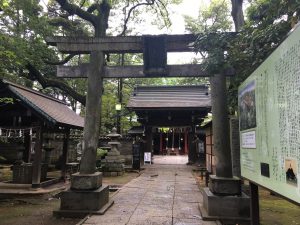 The torii gate is a famous icon all over the world and can be used to identify a shrine. There are dozens of styles of torii gates, all with their own unique charm and beauty. This architecture adds greatly to Japan’s history and culture.
The torii gate is a famous icon all over the world and can be used to identify a shrine. There are dozens of styles of torii gates, all with their own unique charm and beauty. This architecture adds greatly to Japan’s history and culture.
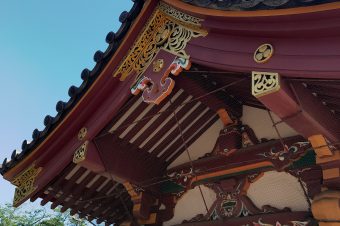
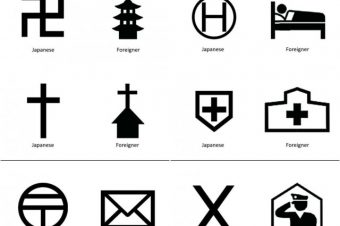


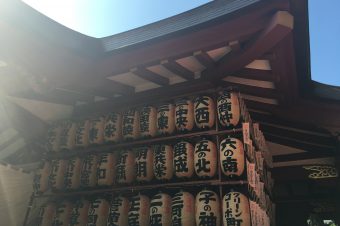
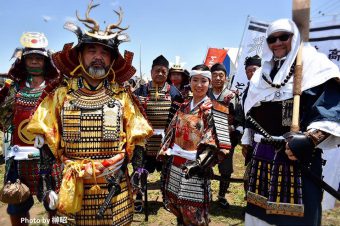
One Response
The 3 Dragon Gates of Tokyo – Sanpai Japan
[…] The 3 Dragon Gates of Tokyo […]